In celebration of Wheels magazine’s 70th birthday, we’re running through the 70 greatest cars of all time – defined not by sales or talent alone, but simply as our writers past and present see it.
To follow the series, hit our Greatest Cars Ever main story here.
We covered the thrilling sports car and blisteringly fast hot hatch before, but for this final instalment, we’re moving into the more exotic territory of the greatest supercars.

McLaren F1
WE LOVE
- Still the record holder in many categories if you exclude forced induction vehicles
NOT SO MUCH
- Brakes feel distinctly period by modern standards
“… there are few of the design stupidities we’ve accepted as normal in cars of this breed.”
It’s easy to wax lyrical about the extraordinary speed, focus and ingenuity of the McLaren F1 but in doing so, it’s easy to lose sight of what makes this car different. Different to every supercar that went before it and different to many that subsequently arrived. To fully understand the F1, it’s instructive to focus on the ordinary.
Peter Robinson perhaps encapsulated that thought best in his road test for Wheels back in June 1994. After proclaiming that you wouldn’t find a better supercar chassis anywhere in the world, he changed gear and noted “yet in the McLaren, there are few of the design stupidities we’ve accepted as normal in cars of this breed.” Therein lay the genius.

Here was a car that was comfortable, that you could see out of, that rode well, that could carry 280 litres of luggage, that could accommodate two passengers as well as the driver, that delivered in spades even at normal road speeds.
It featured a fan to suck it to the ground and a built-in modem to transmit ECU data to servicing centres from anywhere in the world.
Gordon Murray knew that impracticality in certain regards defined supercars, an attribute that made them something other than mainstream but instinctively knew that it didn’t need to be that way.
The F1 did all of this and redefined what we thought of as a supercar. It won Le Mans. It demolished every performance metric imaginable. And it did so completely and unanswerably on its own terms.
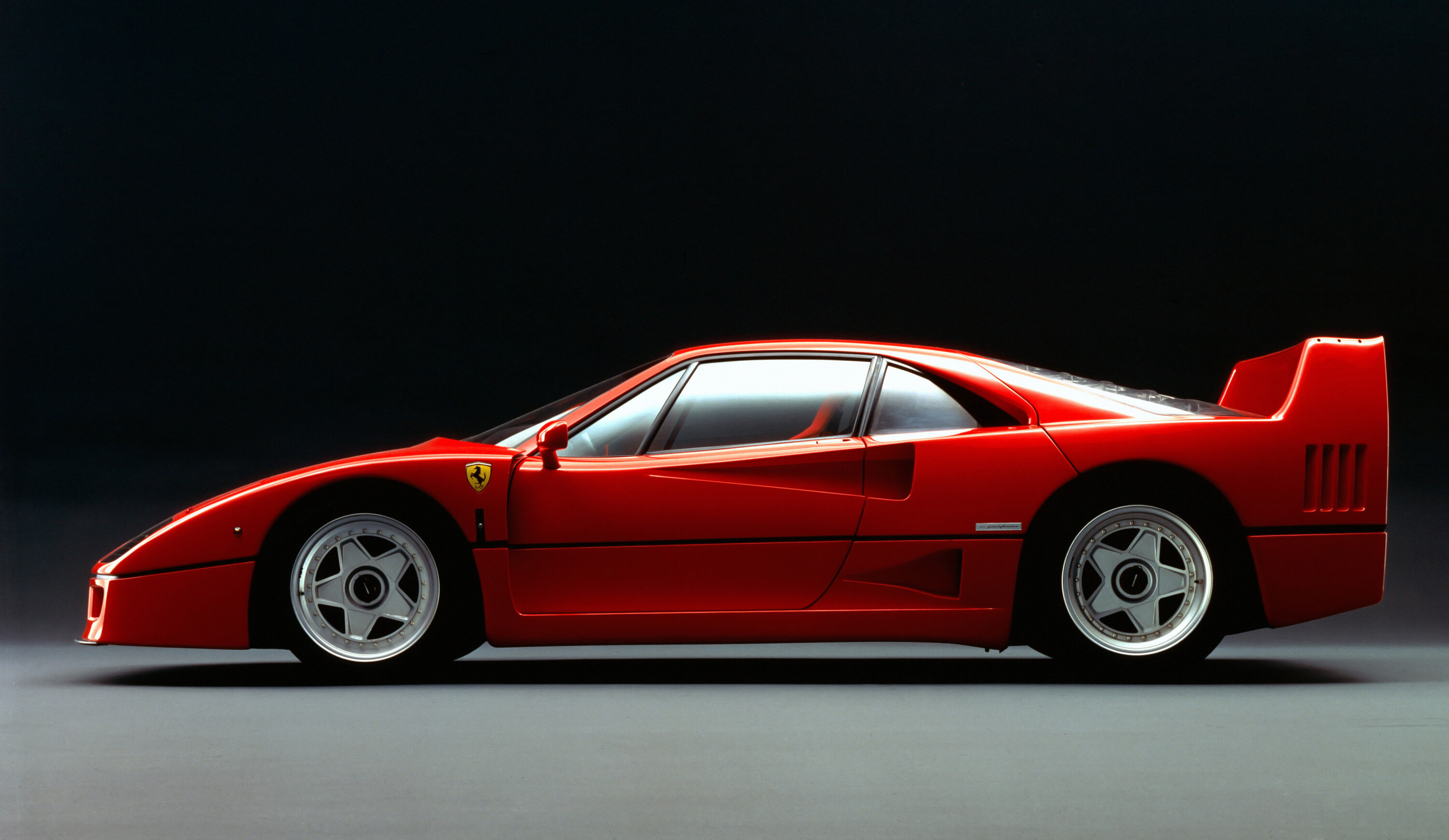
Ferrari F40
WE LOVE
- You will never be one-upped at a car meet. It just can’t happen
NOT SO MUCH
- Ferrari built too many
A Ferrari F50 is a better car than a Ferrari F40. But is it a greater supercar? Definitely not. Not in the larger meaning of the word.
The F40 carries far more historical heft, was the first 200mph production car, and showed that light is right versus Porsche’s 959. When we first drove the pair, we thought the 959 was the more eloquent supercar statement. But while technology ages, theatre, it seems, has a longer shelf life.
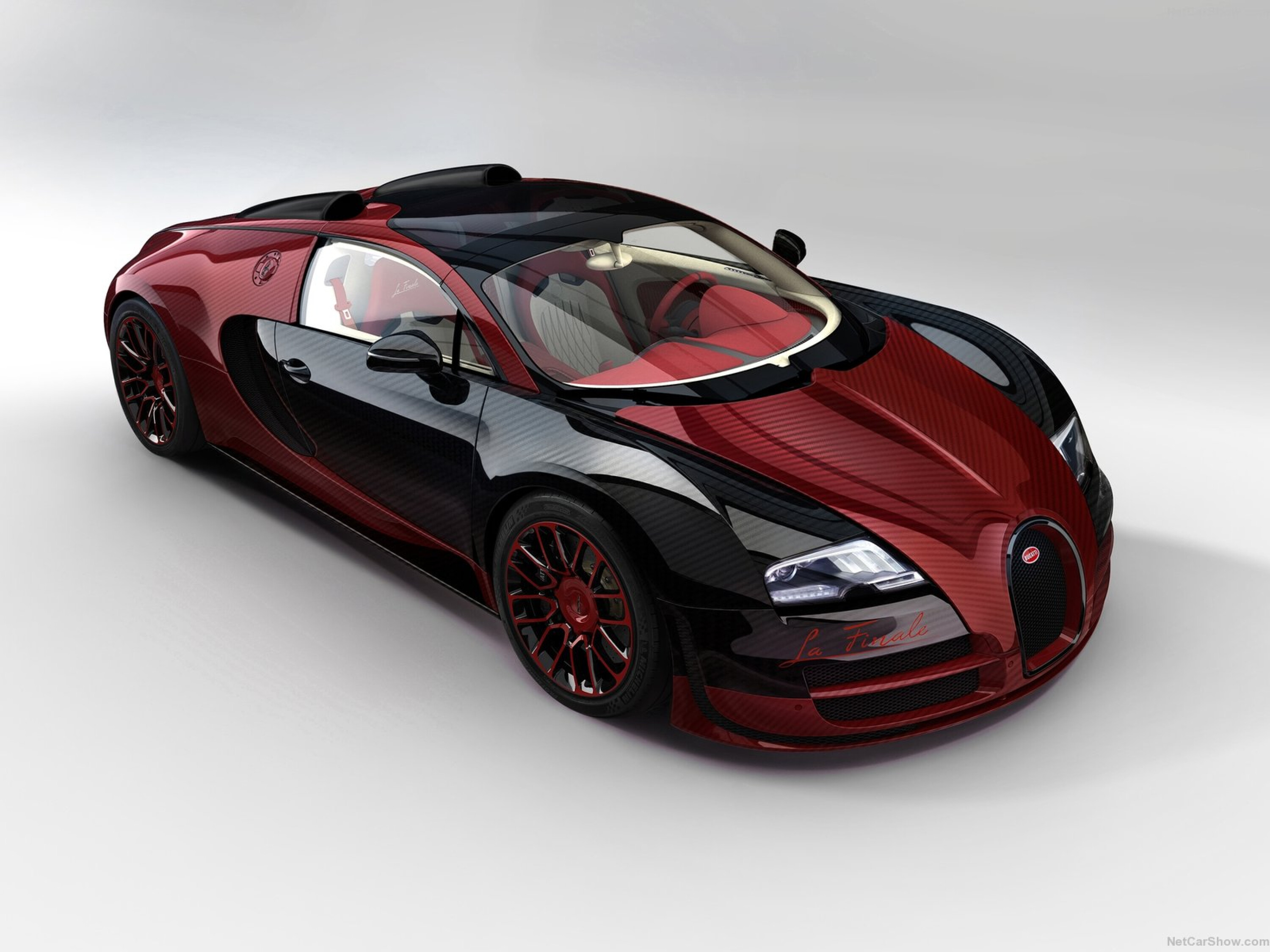
Bugatti Veyron 16.4
WE LOVE
- With 736kW at its elbow, the original Veyron could hit 408km/h
NOT SO MUCH
- A disgruntled Gordon Murray called it u201cthe most pointless exercise on the planetu201d
The Veyron could easily be dismissed as Ferdinand Piech’s folly; brute force engineering over any semblance of sensuality.
Its styling, never pretty at the best of times, hasn’t aged gracefully. Yet here was the unlikely heir to the McLaren F1, Molsheim’s destroyer of worlds and only a churl would deny it its dues. It lifted the concept of the hypercar onto a hitherto unimagined plane.
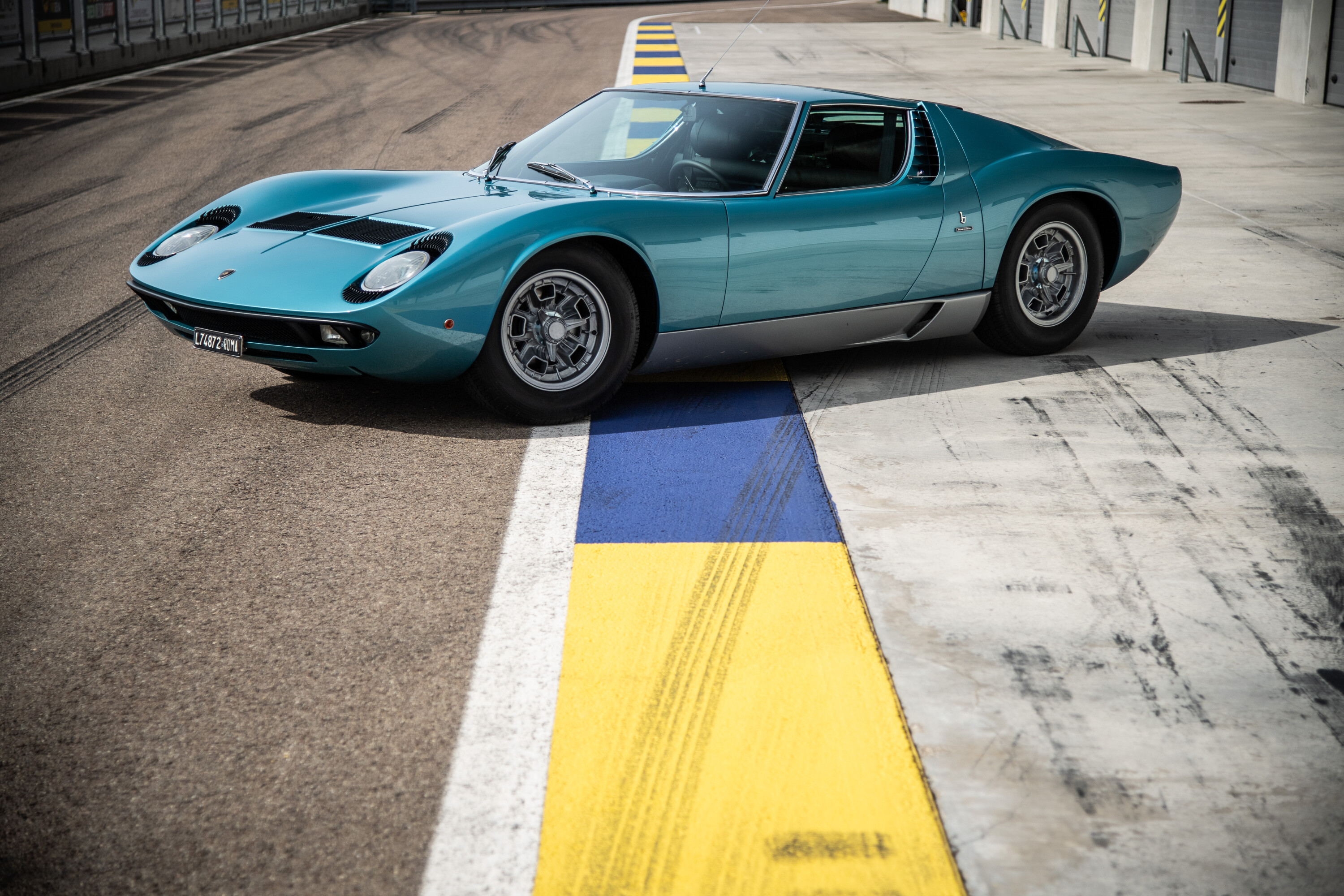
Lamborghini Miura
WE LOVE
- The shape, the sound, the presence, the significance
NOT SO MUCH
- If we catch you listening to Matt Monro, we are done
Arguments still rumble over whether Gandini or Giugiaro was responsible for the shape of the Miura, but it remains unquestionably the first mid-engined supercar.
Matra Djets and De Tomaso Vallelungas with their feeble four-cylinder engines don’t count. It took Ferrari another 7 years to put the engine behind the driver, with the lovely 1973 BB. By then the Miura’s work was done.
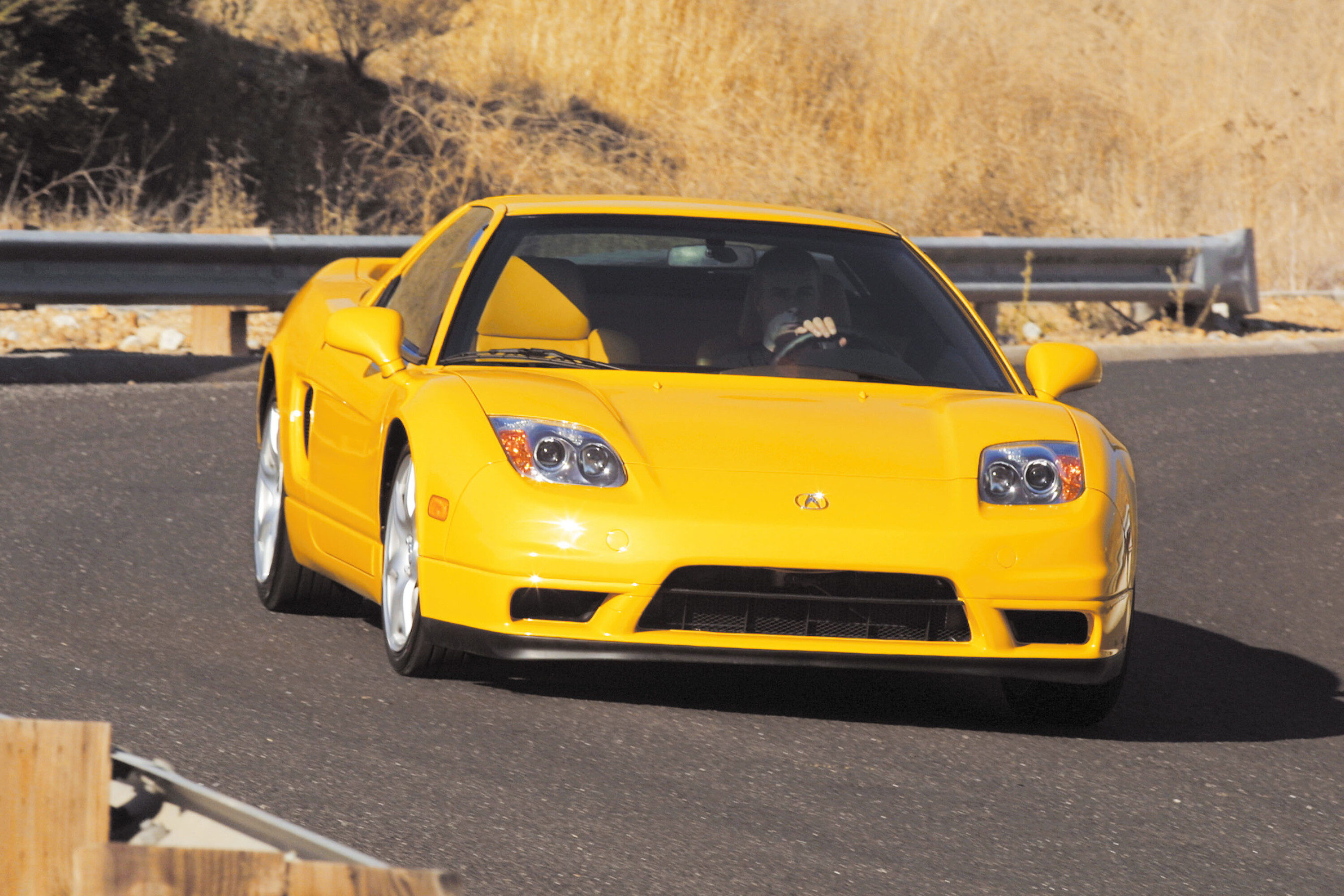
Honda NSX
WE LOVE
- Sounds magnificent, effortlessly cool
NOT SO MUCH
- Some can’t equate 285Nm with the notion of a supercar
The inspiration for much of Gordon Murray’s thinking around the McLaren F1, the Honda NSX showed that the supercar didn’t need to be super high maintenance.
It was never cooler than when it was thrashed around Suzuka by Senna in loafers. Go manual, fixed roof with pop-up lamps and you’ve hit the sweet spot.

Ferrari 458 Speciale
WE LOVE
- Makes a 488GTB feel about as charismatic as a laser printer
NOT SO MUCH
- If we’re being logical, the standard issue 458 Italia is a better all-rounder
The high water mark for natural aspiration?
Argue among yourselves for the Aston Martin Valkyrie, the Porsche 992 GT3, the Pagani Zonda or the GMA T.50, but we’ve voted for beautiful too in the shape of the Donato Coco-styled Ferrari 458 Speciale. It’s revered now and will only become more so.

Ford GT40
WE LOVE
- The truth behind Ford versus Ferrari is even wilder than the fiction
NOT SO MUCH
- Due to no longer owning the copyright, Ford can’t badge any reissues GT40
Like the McLaren F1, another Le Mans-winning British car with an engine shipped in from overseas.
Spawned from the Lola Mk6, we’re perhaps being a little facetious, as it took the Mk II and the expertise of Holman Moody and Shelby America before the GT40 started hitting its straps. But here’s a thought. Had Enzo Ferrari been a more reasonable bloke, neither the GT40 nor the Miura would exist.
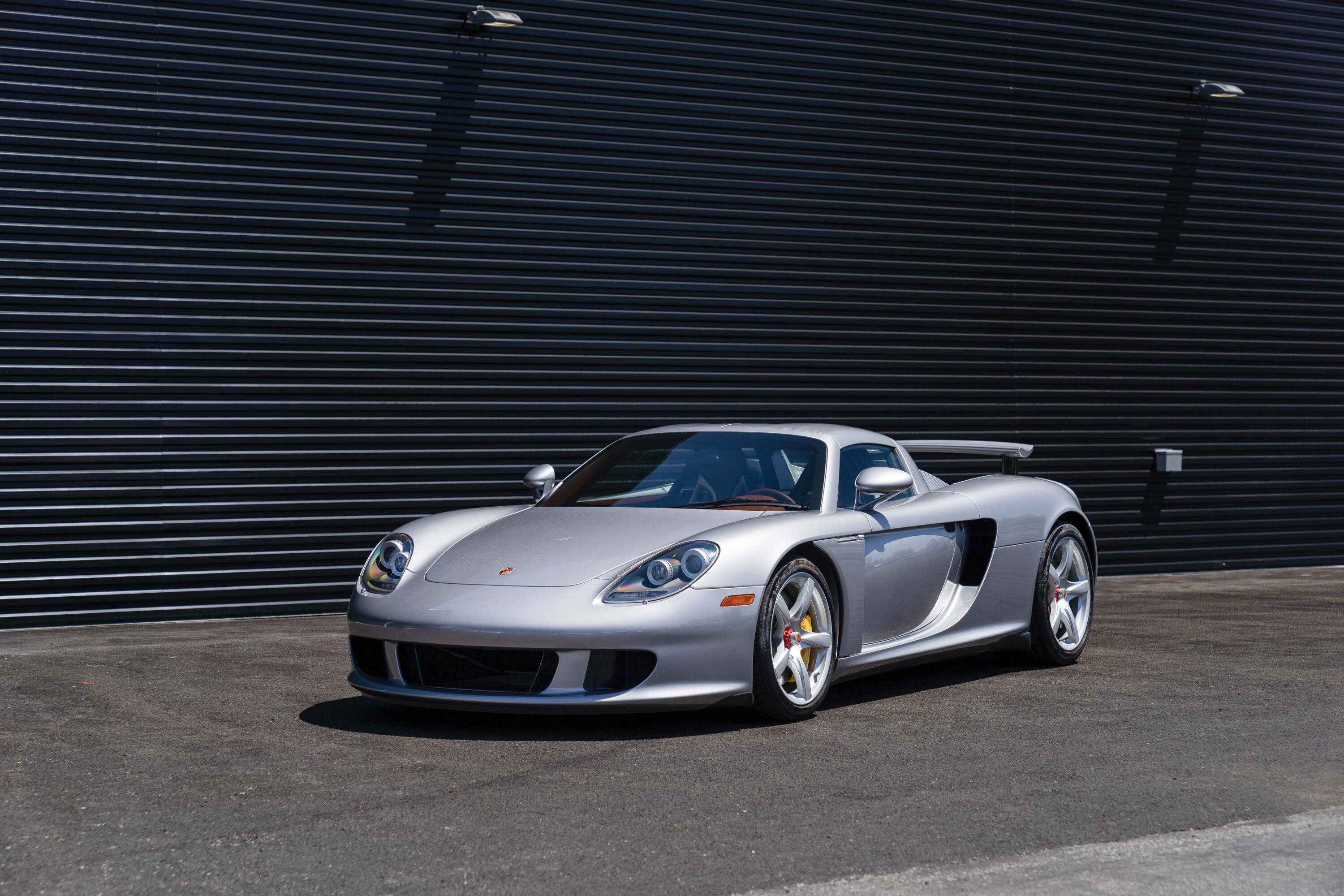
Porsche Carrera GT
Famously spiky, the edge can be taken off the CGT’s bite with modern tyres and a KW V5 coilover kit.
Debates raged long and hard as to whether the Carrera GT was a worthier inclusion than a 959, but we all got a little misty-eyed over the CGT’s incredible V10 which, given that a ten-pot never appeared in any other production Porsche, edged the decision. Famously spiky, the edge can be taken off the CGT’s bite with modern tyres and a KW V5 coilover kit. KW will even supply a (much needed) hydraulic lifter.
WE LOVE
- The V10 project’s original client was the Footwork F1 team
NOT SO MUCH
- Left-hook only, so a very rare sight on Aussie roads
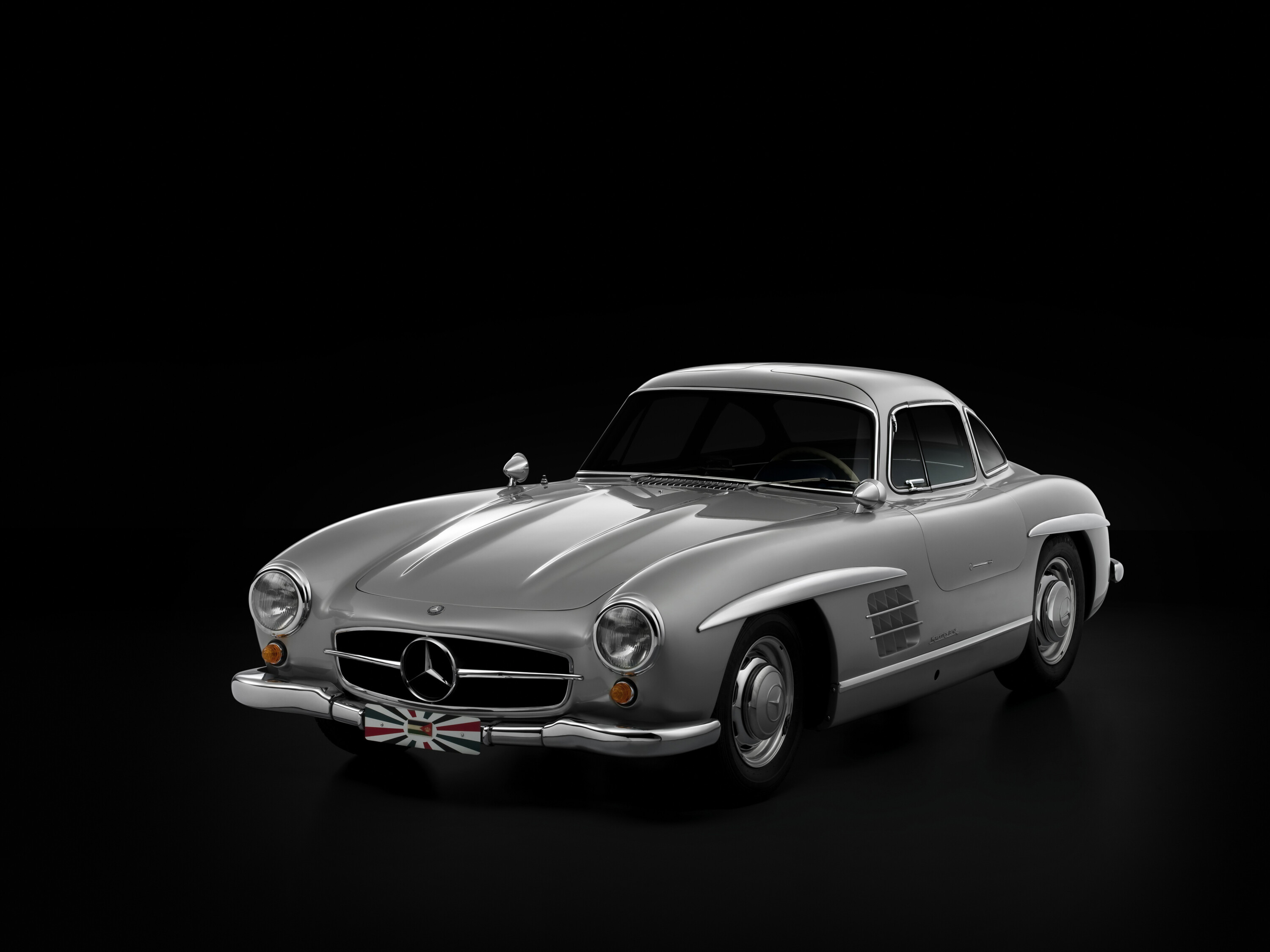
Mercedes-Benz 300SL
WE LOVE
- It was from another galaxy with direct fuel injection back in 1954
NOT SO MUCH
- Flabbergasted Detroit manufacturers were the biggest 300SL customers
It’s hard to comprehend quite what the Mercedes-Benz 300SL ‘Gullwing’ must have looked like to a shocked public in 1954.
Griff Borgeson might have written the best sentence in motoring journalism in his April ’56 review for Car and Driver: “Beyond 3600 the acceleration was appalling.” Was it the first supercar? Maybe not. The Blitzen Benz did 142mph in 1909 and given that was double the speed of the fastest plane, it probably has a fair shout.
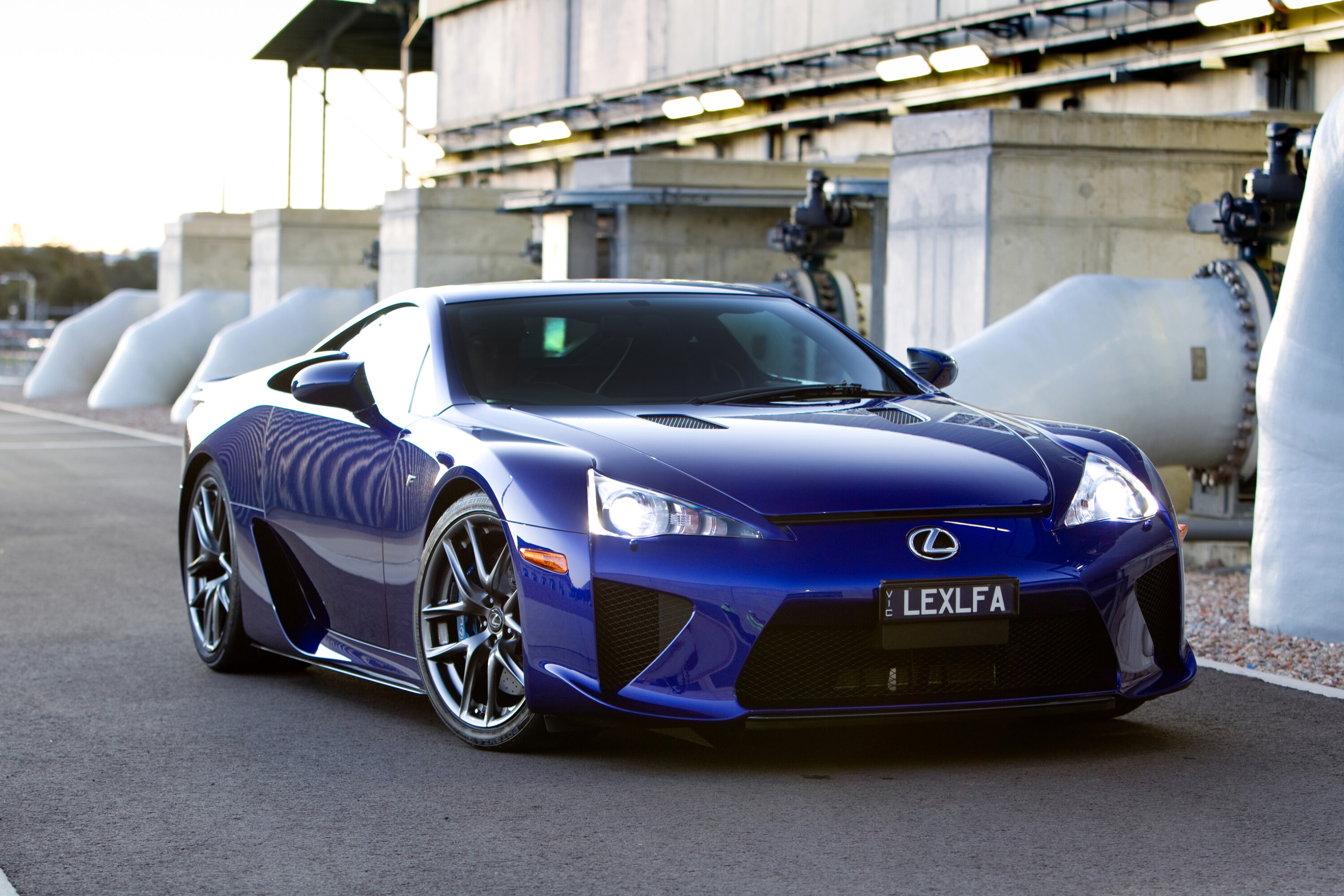
Lexus LFA
WE LOVE
- The greatest sounding sports car of all time?
NOT SO MUCH
- The regret of not buying one when they were advertised for USD$375k
“… the LFA and its Yamaha-fettled 4.8-litre V10 belatedly become unlikely icons.”
It’s not the fastest, it’s not the best looking, it’s far from the best handling, it’s not the most technologically advanced and it’s a million miles from the most financially successful supercar, but the Lexus LFA might just be the best sounding. The best-built too. A flop at launch, with unsold stock available years after it had finished its 500 car run, the LFA and its Yamaha-fettled 4.8-litre V10 belatedly become unlikely icons.





